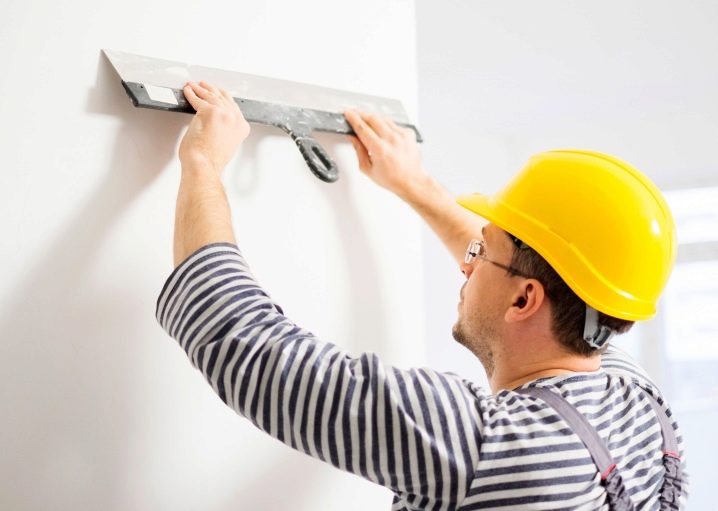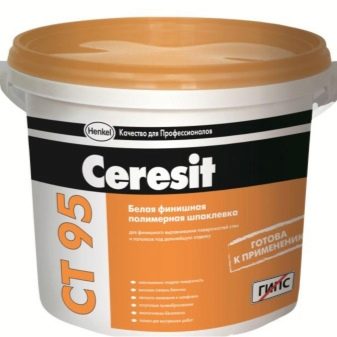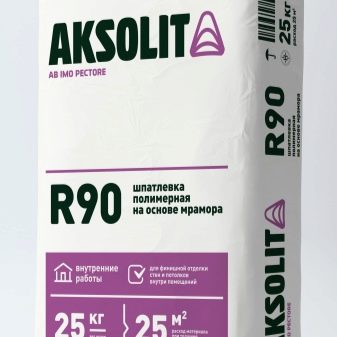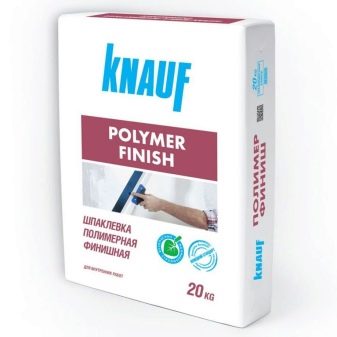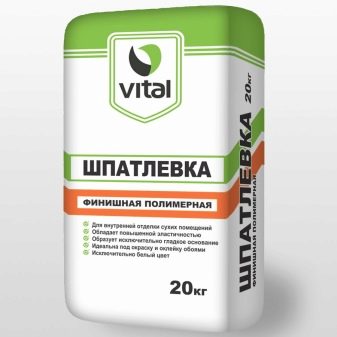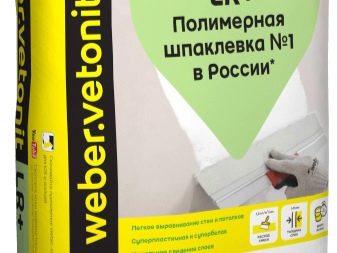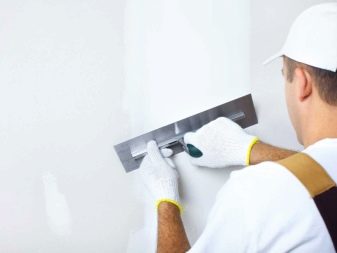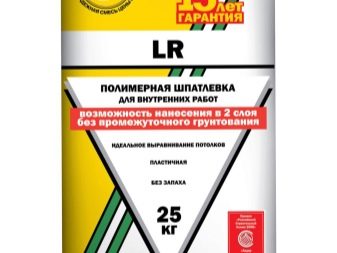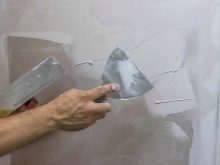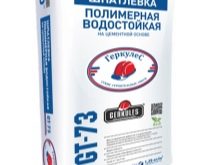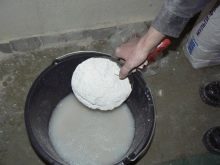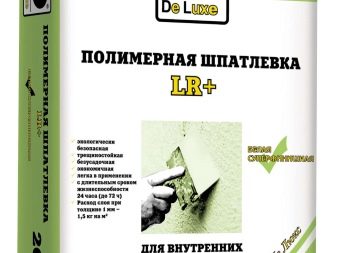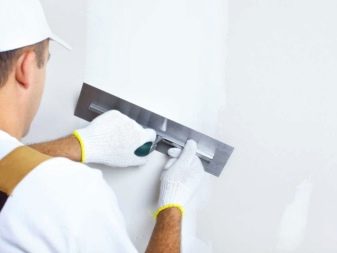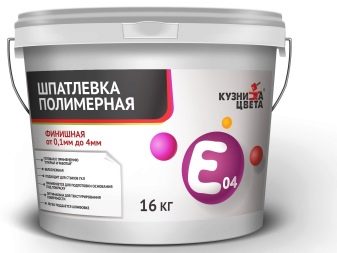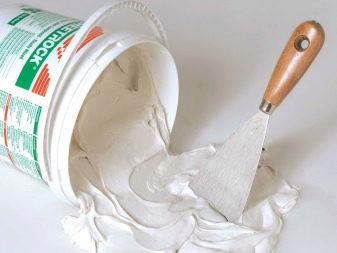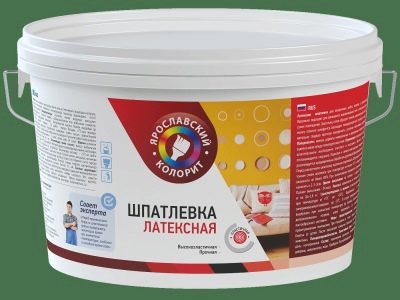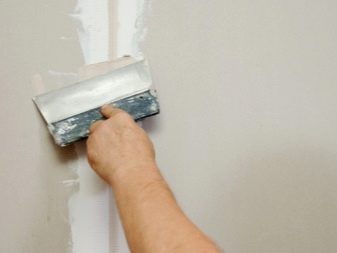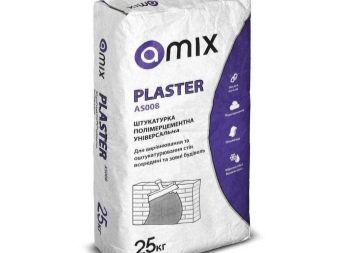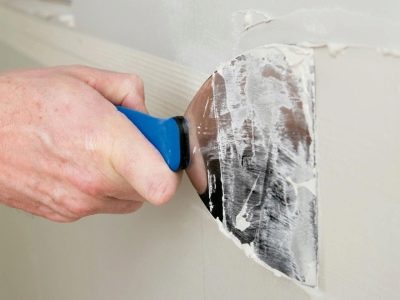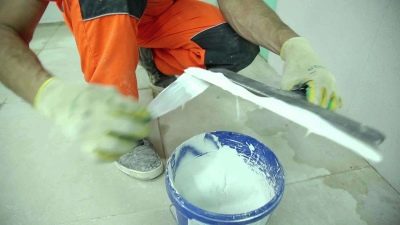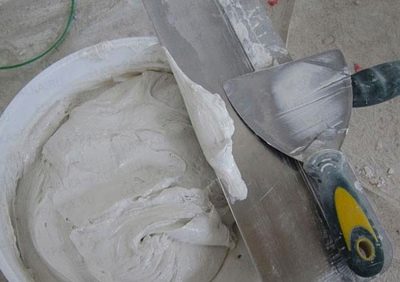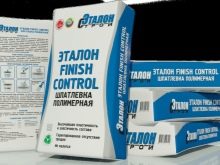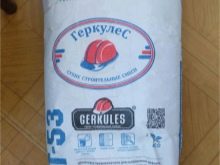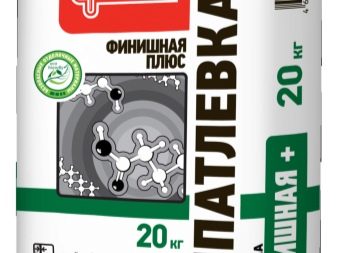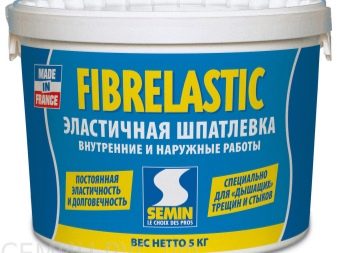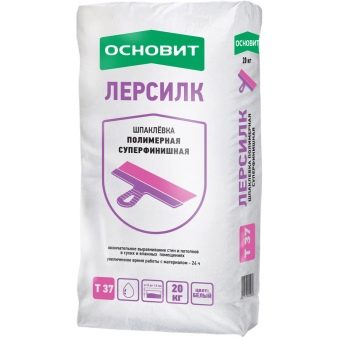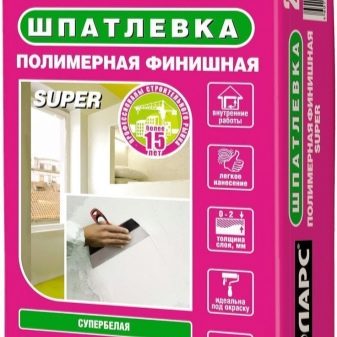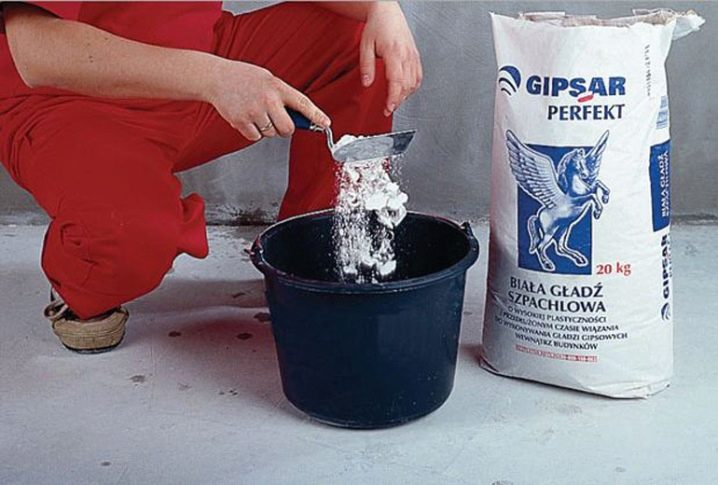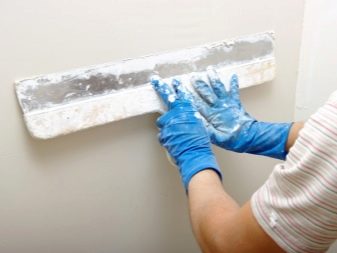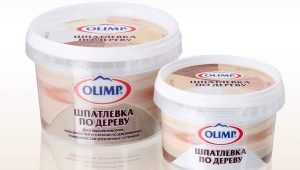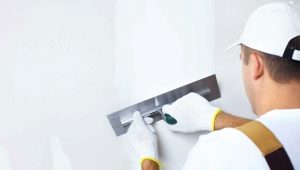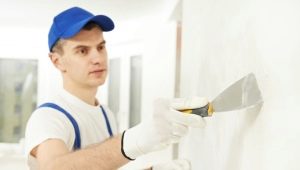Polymer putty: advantages and disadvantages
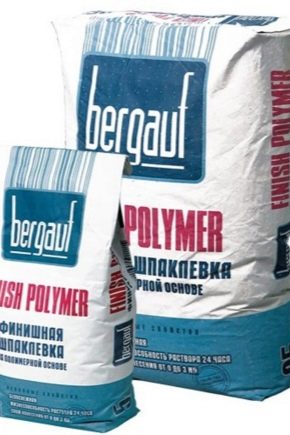
Being engaged in interior decoration of the dwelling, many prefer polymer putty. This type of facing raw material stands out noticeably against other analogues, has a number of advantages, while not without drawbacks. Let's try to figure out what it is, what are the features of this finishing material, the nuances of the varieties and the scope of application.
Special features
Polymer putty is a chemical novelty of the construction industry. She appeared on the market quite recently, but managed to take an active position: this material has high quality characteristics. Being a preparatory material for finishing, it allows leveling the curvature of the walls, ridding it of cracks and sealing the joints.
Externally, it is a pasty mass, by means of which the base defects are corrected before lining, this means that it is an element of the base correction and affects the final result of the repair of the surfaces being processed.
In addition to the polymer, the components of the polymer putty are a hardener and special additives necessary for the treatment of the surface of a particular type. Therefore, the purpose of this putty is different, and it should be bought, strictly focusing on the labeling. For example, a variant for solid wood surfaces has fine dust-like sawdust. The composition may have a shade similar to the tone of the treated surface.
As part of this putty there are latex and acrylic, which are responsible for the connection of all components. It is used pointwise, applied exclusively to problem areas of the base: cracks, pits, scratches and minor chips. The use of large areas is impractical: the composition is not designed for significant loads, after solidification, it will withstand careful handling.
The scope of application of this raw material is extensive,however, it can only be used for its intended purpose with the addition of the desired percentage of hardener.
Polymer putty sold in the form of a dry powder composition and the finished raw materials. In the first case, it needs to add water in the proportions indicated by the manufacturer on the packaging of the product. In the second type of release, the material is ready for preparatory work. These are pasty mixtures of different volumes in an airtight container. In the process of working with the material, it may become thicker.
Advantages and disadvantages
Polymer putty is a multifunctional preparatory coating with a lot of advantages. Due to its high performance, it can be used for indoor and outdoor use. Its elastic structure with high adhesion allows creating an even layer on the surface. We note the main advantages.
- This material can be used in premises of various types: they can correct problem areas of the surfaces of walls, ceilings, partitions, ledges or niches.
- Polymer putty can be used to prepare for facing works in different rooms (living room, study, bedroom, nursery, hallway, corridor, home library, kitchen).
- It reliably protects the surface from the formation of a medium for the reproduction of microorganisms (fungus and mold).
- The material does not shrink during the drying process, which simplifies the adjustment of cracks and chips, eliminates the re-alignment of the surface.
- This material is characterized by resistance to high temperature: the layers of application will not be deformed in heated rooms.
- This material is resistant to moisture, so the polymer putty can be used to treat problem areas of the walls and ceiling of the bathroom and bathroom.
- The prepared material retains its properties for 12 hours if it is in an airtight container. During this time, you can adjust the problem areas of the base.
- Polymer putty dries quickly and evenly. It is convenient for the subsequent work on finishing surfaces.
- It is characterized by high adhesion with the treated surface: it does not move away from the base after drying.
- It is resistant to chemicals, harmless to health, does not release toxins into the air during application and operation.
- Polymer putty is easy to apply: correct the surface with the help of it, even a novice can.
In addition to the advantages of this material has several disadvantages.For example, if you use it for other purposes, leveling the metal base with a universal compound, you cannot count on a reliable adhesion of the putty to the surface. The same can be said about wooden mixtures, for the treatment of which a specialized composition is applicable. Other disadvantages of this material include high cost when adjusting large areas.
Even to take into account the fact that it is an excellent sound and heat insulation, this is not decorative plaster, the purpose of the putty is quite different.
Kinds
The entire current range of these products can be divided into three types: acrylic, latex and polymer-cement varieties.
Acrylic
Regardless of the specialization of the brand, this putty is designed for interior and exterior use. The range of its use is quite wide due to the universal composition of the mixture based on polymers. This building material perfectly aligns the walls, so it can be used as a finishing finish. The line includes several varieties of mixtures. The facade materials intended for finishing of external walls and a floor belong to one of them.
Moisture-resistant putties are used to prepare for the facing of walls made of concrete, as well as the alignment of the surfaces of wood.
Latex
The use of latex-based polymer filler is possible exclusively for interior work. This composition is characterized by easy application and distribution over the surface, as well as the absence of any odor. For processing, it is better to purchase dry mixes: they are more economical, cost less and have virtually no residue. due to the preparation of individual portions.
Polymer cement
This polymeric version is intended for outdoor use. It is characterized by economical consumption. This is a white material that can be applied in 2 cm layers. It is used on surfaces made of brick, concrete, drywall and cement. The composition of this waterproof and elastic raw materials include cement, lime.
Some masters add PVA glue to it to increase adhesion, or even make compositions on their own, including crushed chalk or marble, acrylic varnish, talc, clay and epoxy resin. However, not all experiments can be called successful: better to buy a ready-made composition than to lose on the quality of the mixture.
Scope of application
Polymer putty perfectly fits on the base of a different material. It can be used for surfaces from:
- glass;
- wood;
- plastic;
- concrete;
- polyfoam (polyurethane foam);
- drywall;
- bricks;
- galvanized iron.
On the scope of this material can be:
- leveling;
- special;
- universal.
Each variety is applicable for specific tasks. For example, leveling mixtures are used for a rough base. Conditionally finishing varieties provide for the application of soil on them, followed by lining. Universal take a bit of each type, they are more expensive, but the quality characteristics are somewhat inferior to specialized counterparts. Special designed for individual base material.
Manufacturers
On the modern market of polymer putty are such companies:
- Axton;
- "Hercules";
- "Reference";
- Fibrelastic;
- "Miners";
- "Profi";
- "Founds";
- "Bolars";
- Finish Control;
- Volma.
Most of the brands presented were marked by positive reviews from ordinary buyers and professional craftsmen.Working with this material does not cause difficulties, it is noted by Internet users in construction forums. To level the surface with its help is not difficult, while the consumption of putty based on polymers is economical if the surface does not have large differences in height.
Tips for choosing
To select a high-quality and easy to use polymer material, you can note several recommendations of experts.
- If you need to process the surface of wood, you should pay attention to the polymer acrylic putty with wood texture.
- Choose a moisture-resistant variety: it will not be deformed in rooms with high humidity and will not move away from the surface in case of flooding from a neighboring apartment.
- When choosing a facade variety, pay attention to the frost resistance index. This will extend the operation of the flooring and facade walls.
- If the amount of work is small, you can buy the finished mixture. With large repairs inside the home, it is better to buy a bag of 25 kg of dry mixture for interior work. It is enough to handle problem areas, and do not have to think about what to do with the remnants.
- For facade works, large packs are bought: in this case, the area and thickness of the layer is larger, therefore, the material consumption will be large.
- Do not take cheap material: due to the popularity of this composition today it is often forged.
- Make a purchase in a reputable store with a good reputation, with good customer reviews.
Ask for a certificate of quality and compliance with safety requirements: a self-respecting company always supplies its goods with such documentation.
How to putty the walls with your own hands, see the next video.
